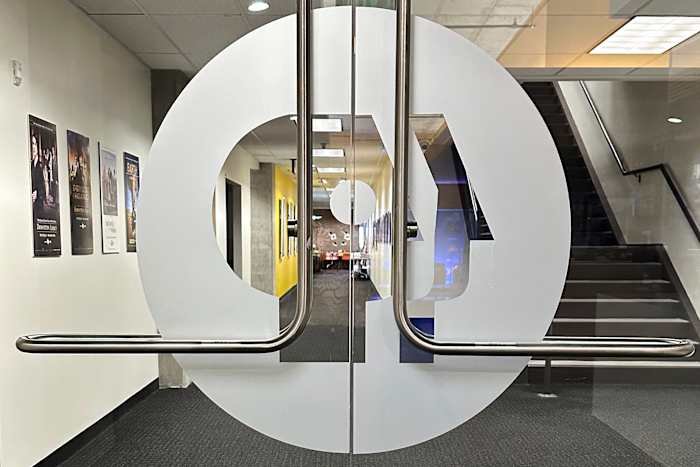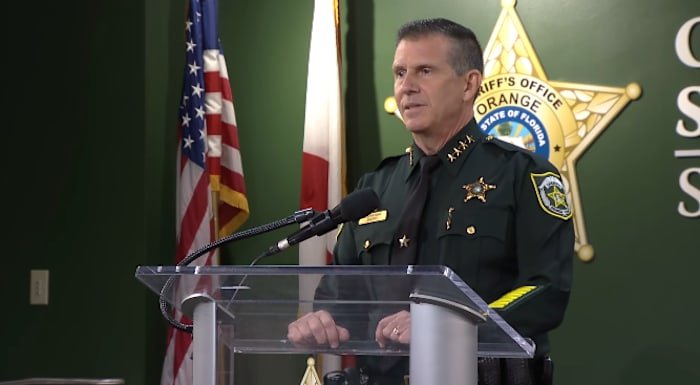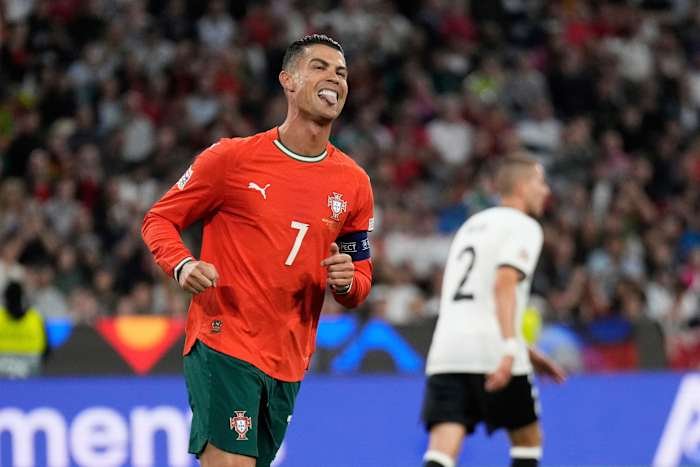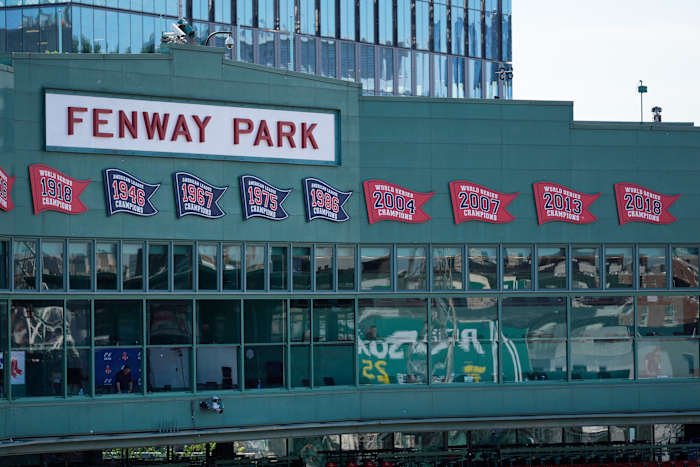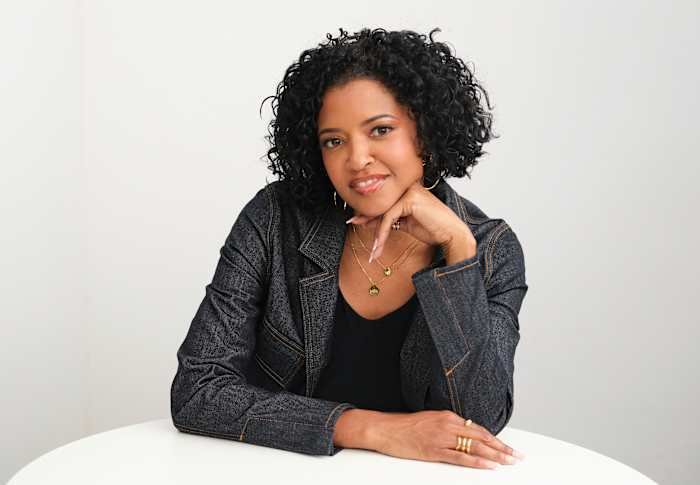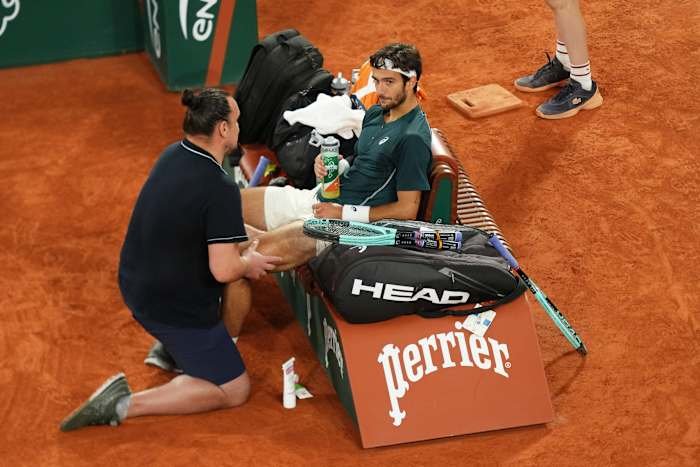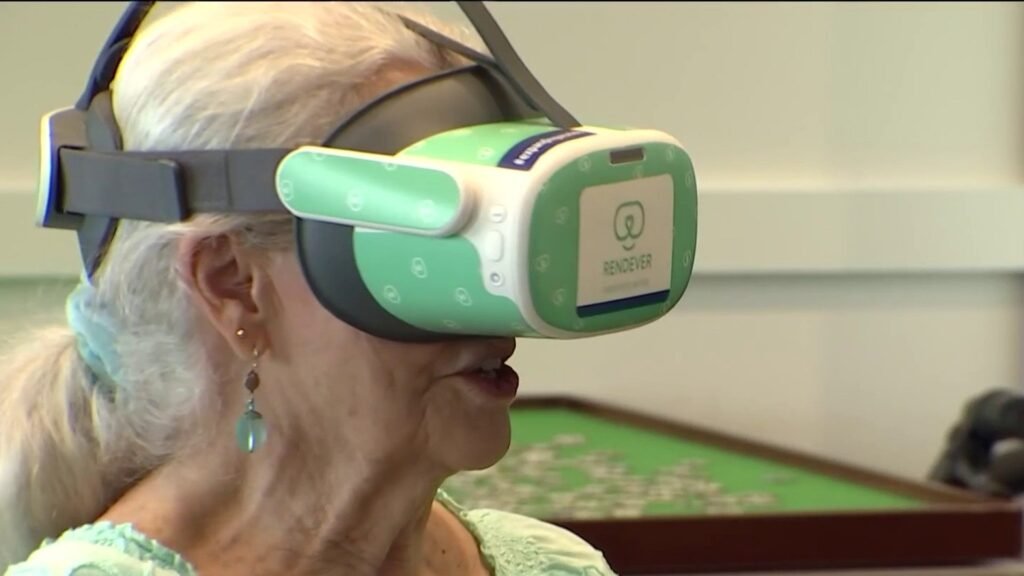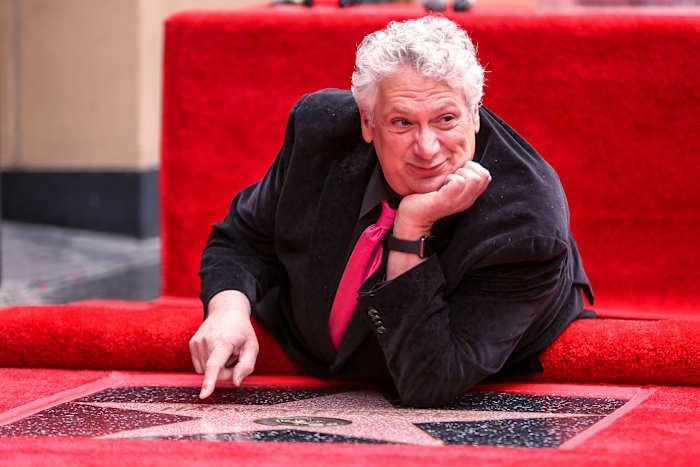Introduction
For decades, Orlando’s vibrant arts scene has captured the imaginations of locals and visitors alike. From world-class theaters and galleries to groundbreaking research and educational programs, the city’s creative heartbeat is powered by a network of organizations, artists, and dedicated supporters. Yet behind every celebrated stage production or mural unveiling, there’s often a quieter story of public investment—especially from federal programs. As sweeping cuts to these programs take effect, Orlando’s arts community finds itself navigating a landscape transformed, facing challenges that threaten both its legacy and its future growth.
The Role of Federal Support in Orlando’s Artistic Growth
Federal funding has long served as a catalyst for the arts in Orlando. Whether through grants from the National Endowment for the Arts (NEA), the National Endowment for the Humanities (NEH), or other federal initiatives, these resources have enabled local organizations to expand programming, reach underserved communities, and foster the next generation of artistic talent.
Many of Orlando’s beloved institutions—such as the Orlando Museum of Art, the Dr. Phillips Center for the Performing Arts, and the Orlando Philharmonic Orchestra—have benefited from this early government support. These funds often serve as a launching pad, allowing groups to attract additional private donors, secure sponsorships, and build sustainable operations. Importantly, federal backing has also helped smaller, grassroots initiatives gain visibility and legitimacy, further enriching the city’s cultural landscape.
The Immediate Impact of Funding Cuts
Recent reductions in federal arts funding have sent shockwaves through Orlando’s creative community. Organizations that rely on these grants for everything from artist residencies and community outreach to educational workshops are now facing tough decisions. Many have already reported scaling back programs, reducing staff, or postponing new projects.
For example, local theater groups that once offered free performances in area schools are now struggling to cover production costs. Museums and galleries have had to limit their exhibition schedules, while music and dance ensembles grapple with shrinking budgets for touring and collaboration. These cutbacks don’t just affect artists and administrators—they ripple outward, impacting educators, students, and families who depend on access to the arts for enrichment and inspiration.
Orlando’s Unique Challenges and Opportunities
While the entire nation is feeling the effects of federal arts cuts, Orlando faces some distinct challenges. The city’s rapid growth and diverse population demand a robust and responsive arts sector. Tourism remains a major economic driver, and cultural offerings are a key part of what draws visitors beyond the theme parks. Any diminishment in local arts programming not only threatens cultural vitality but also has significant economic implications.
Yet, Orlando’s creative community is nothing if not resilient. Many organizations are reimagining their missions and exploring alternative funding sources, from corporate partnerships and crowdfunding campaigns to increased collaboration with local governments. The city’s strong volunteer spirit and history of innovation may help bridge some of the gaps—but the loss of foundational federal support remains a daunting hurdle.
Looking Ahead: What’s at Stake for Orlando
The true cost of reduced federal investment in the arts goes beyond immediate budget shortfalls. Early government support has historically played a pivotal role in launching promising careers, nurturing new voices, and fostering groundbreaking research in the arts and humanities. Without these critical resources, Orlando risks losing momentum, stifling creativity, and narrowing the pipeline of future talent.
Moreover, the arts are a powerful tool for bringing communities together, sparking dialogue, and addressing social challenges. As Orlando continues to grow and change, its need for accessible, inclusive cultural programming will only increase. Ensuring that the city’s arts community can thrive in the face of funding uncertainty will require not just resilience, but also renewed advocacy and engagement from citizens and policymakers alike.
Conclusion
Orlando’s artistic spirit has weathered many storms, but the current wave of federal cuts presents an unprecedented challenge. As organizations adapt and innovate, the support of the local community is more important than ever. How have federal arts programs shaped your experience of Orlando’s creative scene? What do you think the future holds for the city’s artists and cultural institutions? Share your thoughts and stories in the comments below—we want to hear from you!

